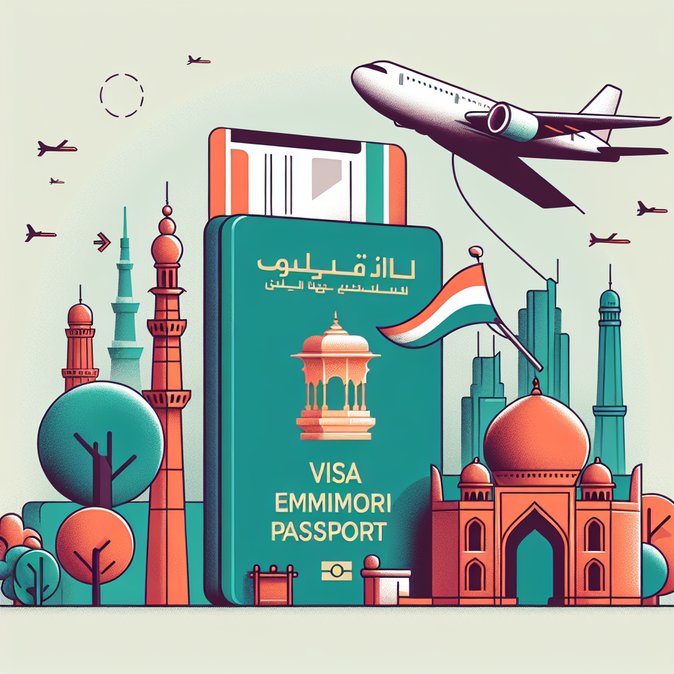
India’s Ministry of Home Affairs confirmed on 20 November that citizens of the United Arab Emirates can now obtain a visa-on-arrival (VoA) at nine international gateways: Delhi, Mumbai, Bengaluru, Chennai, Hyderabad, Kolkata—and newly added Cochin, Calicut and Ahmedabad. The VoA permits multiple entries of up to 60 days per visit for tourism, business, conferences and medical treatment.
The upgrade streamlines travel for Emirati executives and high-net-worth tourists who previously battled for e-visa slots or queued at over-subscribed counters in Delhi and Mumbai. Demand has been fuelled by surging bilateral trade, which hit US $85 billion in FY 2024-25, and by the 3.4 million-strong Indian diaspora resident in the UAE.
![India Expands Visa-on-Arrival Scheme to Nine Airports for UAE Nationals]()
Emirati travellers must present a passport valid for six months, a return or onward ticket and proof of sufficient funds. The fee remains US $25, payable in cash or by card on arrival. Frequent flyers welcome the unlimited-visits clause, aligning India’s policy with the UAE’s own multiple-entry e-visa programme for Indians.
For corporate mobility teams, the change reduces lead times for short-notice trips to India’s technology and manufacturing hubs. HR departments should update travel policies to reflect eligible airports and advise travellers to carry the requisite documentation to avoid secondary screening.
Tour operators foresee a spike in medical tourism, particularly to Kerala’s private hospitals, and in MICE traffic to Bengaluru and Hyderabad, which now have dedicated VoA counters.
The upgrade streamlines travel for Emirati executives and high-net-worth tourists who previously battled for e-visa slots or queued at over-subscribed counters in Delhi and Mumbai. Demand has been fuelled by surging bilateral trade, which hit US $85 billion in FY 2024-25, and by the 3.4 million-strong Indian diaspora resident in the UAE.

Emirati travellers must present a passport valid for six months, a return or onward ticket and proof of sufficient funds. The fee remains US $25, payable in cash or by card on arrival. Frequent flyers welcome the unlimited-visits clause, aligning India’s policy with the UAE’s own multiple-entry e-visa programme for Indians.
For corporate mobility teams, the change reduces lead times for short-notice trips to India’s technology and manufacturing hubs. HR departments should update travel policies to reflect eligible airports and advise travellers to carry the requisite documentation to avoid secondary screening.
Tour operators foresee a spike in medical tourism, particularly to Kerala’s private hospitals, and in MICE traffic to Bengaluru and Hyderabad, which now have dedicated VoA counters.










